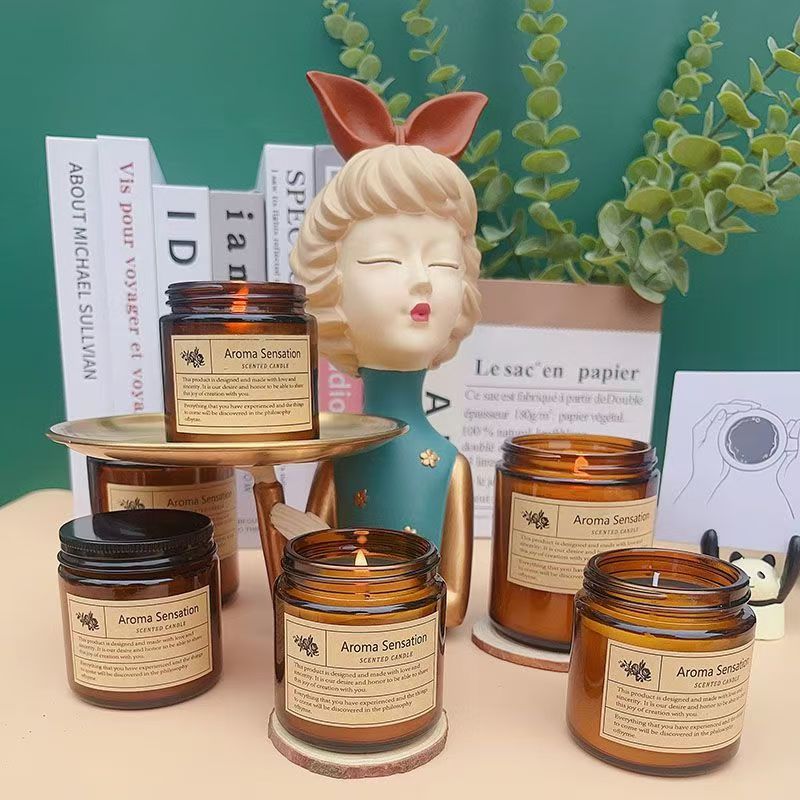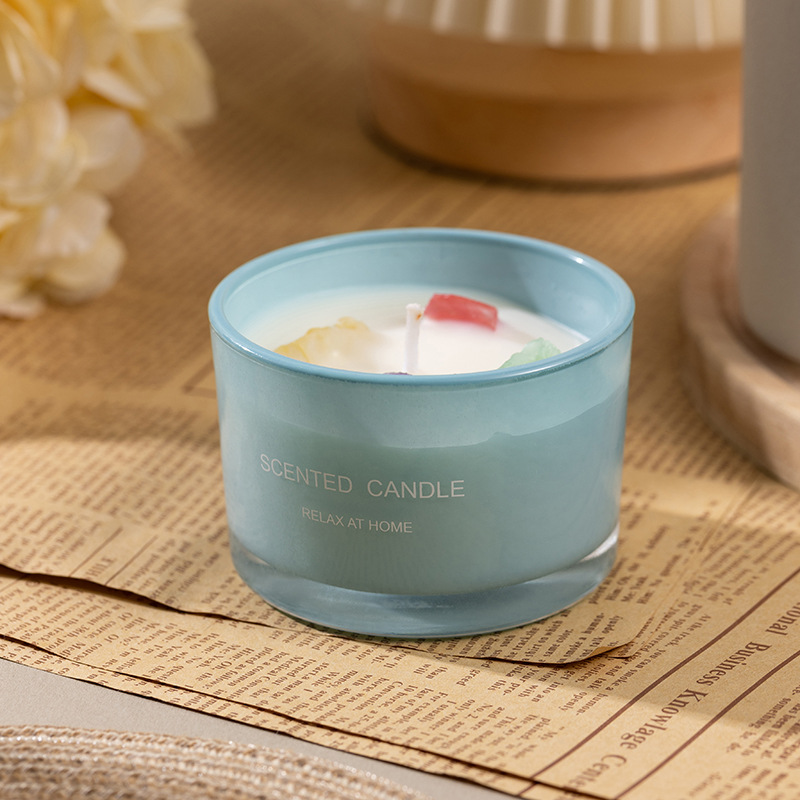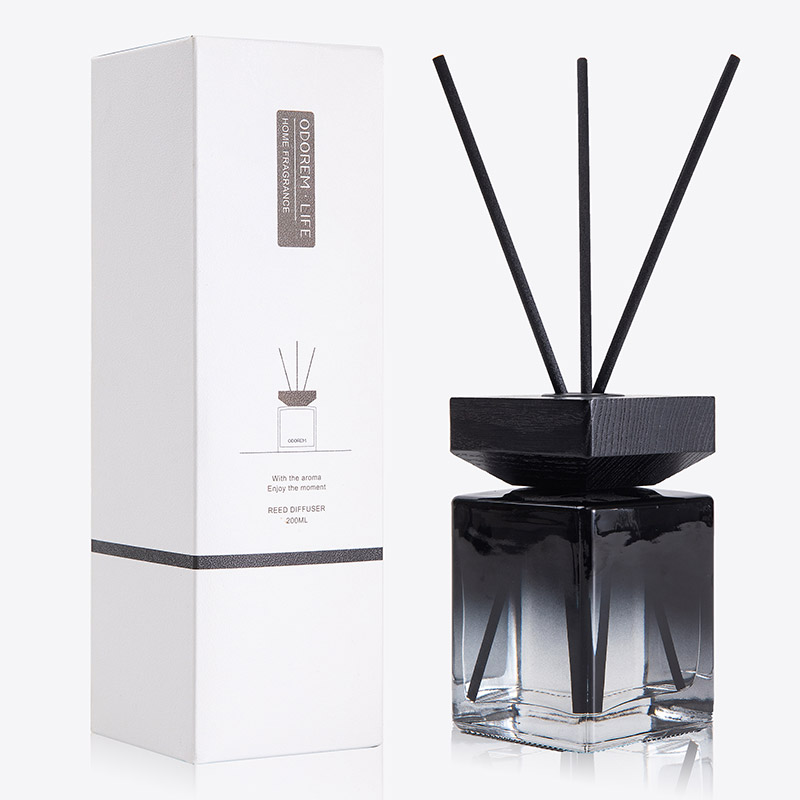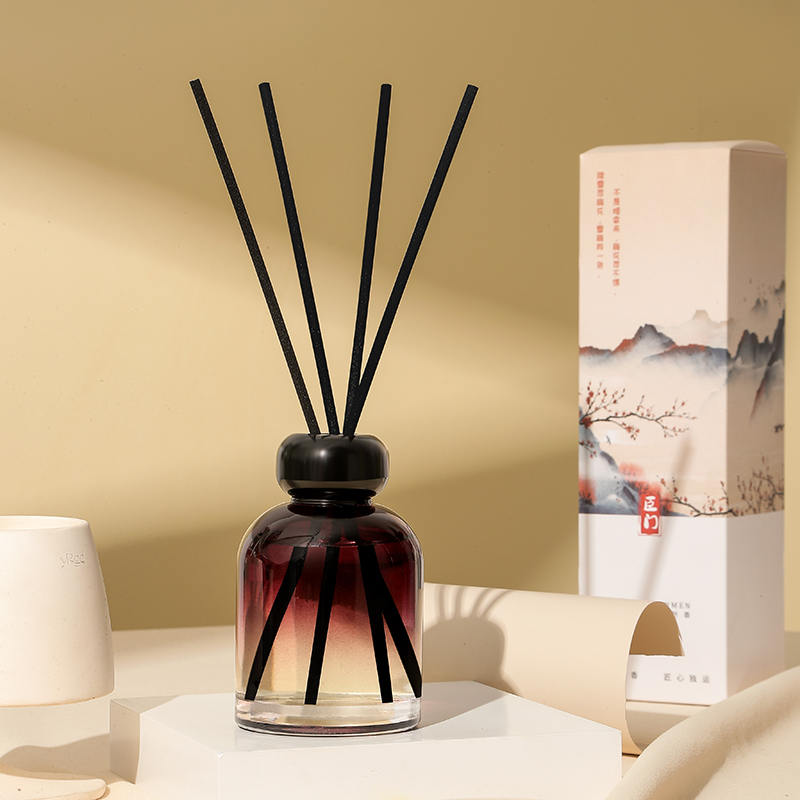How to Achieve Even and Safe Diffusion of Round Cup Scented Candles? What Are the Tips for Selecting Materials?
Content
- 1 Is There a Link Between Wax Type and Even Scent Diffusion?
- 2 How Does Wick Selection Affect Both Diffusion and Safety?
- 3 What Cup Materials Ensure Safety While Supporting Diffusion?
- 4 How Do Fragrance Oils and Additives Impact Performance?
- 5 What Usage Habits Complement Material Choices for Optimal Results?
Round cup scented candles have become a staple in creating cozy atmospheres at home, in hotels, and in offices. However, many users encounter common frustrations: uneven wax pooling leaving half the wax unused, weak or inconsistent fragrance diffusion, or concerns about safety hazards from overheating containers. The key to solving these issues lies in understanding material selection and the science behind combustion. Below, we break down how to balance even scent diffusion and safety through targeted material choices and practical insights.
Is There a Link Between Wax Type and Even Scent Diffusion?
The base wax is the foundation of a candle’s performance, directly influencing how evenly fragrance spreads and how safely it burns. Different waxes have distinct melting points and fragrance-holding capacities, which dictate their diffusion behavior.
- Soy Wax: A popular choice for its excellent scent throw and even burning properties. With a lower melting point, it melts uniformly across the cup, ensuring fragrance oils are released consistently rather than concentrating only around the wick . This makes it ideal for achieving that "full-room" scent without hot spots.
- Paraffin Wax: Known for its high fragrance retention due to a higher melting point. While it holds scent oils well, users need to be mindful of proper wick pairing to avoid uneven burning—without the right wick, it may form tunneling or produce excess smoke .
- Beeswax: A natural option with a subtle inherent aroma and long burn time. Though its scent throw is milder compared to soy or paraffin, it burns cleanly and evenly, making it suitable for those who prefer understated fragrances and natural materials .
The wax choice directly impacts the "memory ring" effect—a common issue where candles only melt the wax around the wick after the first burn. Waxes with consistent melting properties, like soy wax, are less prone to this problem when burned correctly initially.
How Does Wick Selection Affect Both Diffusion and Safety?
The wick acts as the "engine" of a candle, and choosing the wrong size or material can ruin both fragrance diffusion and safety. A well-matched wick ensures the flame is neither too large nor too small, balancing heat output with wax consumption.
First, wick size must align with cup diameter. A wick that’s too small won’t generate enough heat to melt wax to the cup edges, leading to tunneling and wasted wax; one that’s too large causes excessive flame height, overheating the container and producing soot that stains the cup and diminishes fragrance quality . For example, a 7cm diameter round cup typically requires a medium wick, while a 10cm cup needs a larger wick to ensure full wax pool formation within 2-3 hours of initial burning .
Second, wick material influences burn cleanliness. Cotton-core wicks are widely used for their stable burn and minimal soot production, while wooden wicks offer a crackling ambiance but require precise sizing to avoid uneven burning. Regardless of material, trimming the wick to 0.5cm before each use is non-negotiable—it prevents towering flames, reduces smoke, and ensures the wax melts evenly .
What Cup Materials Ensure Safety While Supporting Diffusion?
The round cup itself is a critical safety component, as it must contain molten wax and withstand sustained heat without cracking or melting. The best materials also support even heat distribution, which aids in consistent fragrance release.
- Ceramic: A top choice for safety and functionality. It boasts excellent heat resistance, remaining stable even during long burns, and its weight provides a sturdy base that reduces tipping risk . Ceramic’s heat-retention properties help maintain a uniform wax temperature, supporting steady fragrance diffusion. It’s also easy to clean and reusable, aligning with sustainable practices .
- Metal: Offers superior durability and heat containment. Metal cups effectively prevent wax spills and act as a barrier between the flame and surrounding surfaces, lowering fire risks . Their heat conductivity helps distribute warmth evenly across the wax pool, enhancing scent throw. Like ceramic, metal cups are recyclable and reusable, making them an eco-friendly option .
- Flame-Retardant Plastic: Specifically polycarbonate rated UL 94 V-0 (the highest flammability resistance standard) is a safe plastic option. This material self-extinguishes within 10 seconds if exposed to flame and resists melting under high temperatures . It’s lightweight and shatterproof, suitable for both indoor and outdoor use, though it’s important to ensure it meets strict flame-retardant certifications .
Avoid materials like thin glass or unrated plastics, which can crack from thermal shock or melt when exposed to prolonged heat—posing spill and fire hazards.
How Do Fragrance Oils and Additives Impact Performance?
Even with quality wax, wick, and cup materials, fragrance oils and additives can make or break diffusion. The goal is to select oils that blend well with the wax and maintain stability during burning.
First, fragrance oil concentration matters. Most candles use 5-10% fragrance oil by weight—too little results in weak scent, while too much disrupts wax structure, causing poor burning and oil pooling on the surface. Oils designed for candle use (rather than cosmetics or diffusers) are formulated to withstand wax melting temperatures without breaking down.
Second, avoid harmful additives. Synthetic stabilizers or low-quality dyes can clog wicks, leading to uneven burning, or release unwanted chemicals when heated. Opting for candles with minimal, high-quality additives ensures cleaner burning and safer scent diffusion—especially important for enclosed spaces.
What Usage Habits Complement Material Choices for Optimal Results?
Even the best-made candle will underperform without proper use. Simple habits can enhance both even diffusion and safety, complementing the material selections above.
- Master the first burn: The initial lighting is critical—burn the candle until the wax pool reaches the cup edges (typically 2-3 hours for a 7cm cup). This prevents the "memory ring" effect, ensuring every subsequent burn melts wax evenly .
- Control burn time: Never burn a candle for more than 3-4 hours at a time. Extended burning overheats the cup and accelerates wax consumption, shortening the candle’s life and increasing safety risks . After burning, let the wax cool and solidify completely (at least 2 hours) before relighting.
- Ensure proper ventilation: Burn candles in well-ventilated spaces, not airtight closets or cars. Good air circulation helps fragrance spread evenly and prevents the buildup of potentially harmful compounds .
Achieving even, safe diffusion of round cup scented candles is not about sacrificing one attribute for another—it’s about harmonizing wax, wick, and cup materials with smart usage. Start by selecting a wax with consistent melting properties (like soy or beeswax), pair it with a properly sized wick, and choose a heat-resistant cup material (ceramic, metal, or UL 94 V-0 polycarbonate). Complement these choices with proper burning habits, and you’ll enjoy long-lasting, even fragrance and peace of mind. In the end, the best scented candle experience comes from balancing science, material quality, and mindful use.

 English
English Español
Español عربى
عربى






